Wines, oils, cured meats, chestnuts and Annurca apples: the delicacies of Campania Felix
The Aversano Alberatawines are all developed in height. The one of the poplars on which the vines of Asprinio vines climb, a native vine populating the lands of the Agro Aversano in the territory of twenty-two Municipalities. There, the grape harvest takes place with stairs up to fifteen-meters high, to get the grapes growing behind the vines supported by the trees. The classic exception to the “rule” of the low breeding, introduced by the Greeks twenty-nine centuries ago in Campania and widespread in all other territories suitable for viticulture also in Campania Felix. Like the area of the Roccamonfina volcano, with acidic and fresh soils which are the home of the Galluccio, a DOC obtained for the white Falanghina and for the Aglianico red and rosé. The same vines grow in the area of the Massico, once known as ager Falernus, in five Municipalities including Sessa Aurunca and Mondragone, give the DOC Falerno del Massico, one of the Romans’most loved wines, described by Pliny for the characteristics of its production and sung by Catullus and by all the great Latin poets and writers.
The olive tree is also an ancient and precious plant. In the fertile lands of Campania Felix, three DOP extra virgin olive oils are produced. There is the Terre Aurunche, with a prevalence of olives of the Sessana species, which take their name from Sessa Aurunca, the main centre of this production, to which smaller percentages of Corniola, Itrana and Tonacella are added, typical cultivars of the surrounding areas. Other high quality oils are the Terre del Matese and the Colline Caiatine, different from the first and from each other. And then, although they are characteristic of the nearby Latium, the production area of the black table olives of Gaeta also exptends to part of Campania Felix.
Oil is the ideal seasoning to enhance the flavour of ancient and particular legumes species, cultivated in very limited areas: lentils and chickpeas from Valle Agricola and the beans from the Matese, sweet and delicate, which in cooking take on a dark brownish colour.
Significant percentages of agriculture lands are dedicated to the horticulture, which ensures the continuous supply of seasonal vegetables, fundamental ingredients of many recipes, Among the typical products, there is the capuanello artichoke, which bears the origin of Capua in its name. From the large family of the Roman artichokes, it ripens between March and April and has a spherical head, mostly of green colour with some violet example. Very tender and fragrant, it can also be eaten cooked on the grill. The wild “cardone” is also used in winter by the local cuisine. It grows spontaneously among the other herbs of the fields. Among the Campania best onions, we cannot forget the copper “alifana”. And Campania Felix is the cradle of "papaccelle", in other words the characteristic round green and red peppers, even spicy, which are preserved in vinegar and they are the fundamental ingredient of the Christmas “salad reinforcement” (insalata di rinforzo).

In the 1950s, it was recognised as endangered. Then there was a recovery and the Caserta black pig was again widespread in its original land - because it is a native breed - bred since Roman times. And the “pelatiello”, called like this due to the lack of bristles, lives in a semi-wild state in the woods of Caserta and the nearby Benevento Samnium. The variety of typical products deriving from it is very wide: hams, sausages, soppressata and capocollo. And among the sausages, the most characteristic is the one in lard from Vairano Patenora.
Campania Felix is not only a land of buffalo mozzarella, but is also linked to other premium dairy products, such as Laticauda pecorino cheese and salaprese pecorino, called like this because it is consumed immediately after salting and without aging, therefore it is not spicy and it has a very delicate milky flavour. In this area the DOP silano is also produced. And the aged “casoperuto” with a compact texture is from Roccamonfina.
The mountain forests offer different varieties of mushrooms: porcino, ovolo, parasol and honey mushrooms. The porcini mushrooms from the Roccamonfina chestnut groves are renowned. They are consumed fresh, desiccated and in oil. And in the beechwood over a thousand meters of the Matese regional park, there are excellent black truffles, particularly already appreciated by Ferdinand IV of Bourbon. There is also a very aromatic oregano coming from the Matese.
The origin of the IGP Campania Annurca apple is from Pozzuoli and has found in Campania Felix one of its ideal reference areas. With its white, crunchy, acidulous and juicy, very fragrant and with organoleptic characteristics which are recommended for people suffering from different diseases, and it is also considered by the researchers as the “queen of apples”. The processing is also particular, completely natural, which involved the reddening in a place where apples are exposed to the sun for several days. These apples are laid down pine needles beds, shavings or vegetal materials and are turned by hand, one by one in order to make fruits reddening on all sides. However, the red Annurca from the south becomes red on the tree, and it is also used for liqueurs, sweets and in baking. Also consumed and appreciated two thousand years ago in Campania Felix, the “orcola” or “annorcola” was mentioned as “Annurca” only in 1876.
In the fruit category, there is also the green melon from Capua, green on the outside and yellow on the inside, which is preserved also for the winter. Not surprisingly, it is also represented in the crib, hung with raffia in front of the tavern.
Very valauable fruits come from the chestnut groves surrounding the mounts of the Roccamonfina extinct volcano. Particularly the Tempestiva species, which is the first chestnut ripening even in early September, is the most widespread and you can make roasted chestnuts in syrup. The “Paccuta” (due to its round shape) comes from the northwestern side of the volcano. The Ufarella-Vofarella varieties characteristic of the Trebulani Mounts are mentioned by Pliny as well.
DOP Buffalo Mozarella from Campania
More than four liters of buffalo milk are required to obtain one kilo of DOP Mozzarella, the fresh stretch-curd cheese famous all over the world, among the incontestable specialities of Campania. The first quote dates back to the sixteenth century, but the presence of buffalos in Campania is much more remote. Among the convinced farmers there were the Bourbons, in the royal palace of Carditello, where there were the so-called “bufalare”, which were circular buildings where there was the processing of milk for the production of mozzarella. And the Piana del Volturno has remained a typical area of production, together with the valley of Sele in the south.
Recognised at European level in 1996, DOP Mozzarella from Campania is declined by the dairymen’s mastery in all kind of forms, sizes and versions: bocconcini, ciliegine (cherry mozzarella), perline (beads), nodini (knots), ovoline (egg-shaped mozzarella) and braids from 10 to 800 grams, up to 3 kilos of braids.
From buffalo milk, you can also make Campania DOP buffalo ricotta cheese and the “burrino” and buffalo burrata, which is a sheet of buffalo cheese with a ball of butter in the middle.
The recipe
"Pettolelle" with beans
Soak the beans, and if possible, from one of the excellent varieties grown in Campania Felix, in lukewarm water 24 hours before cooking them. After having soaked them, pour out the water and boil them in cold water without salt with extra virgin olive oil, garlic and parsley.
In the meantime, prepare the pettolelle, kneading flour, eggs (100g for each egg) and salt. Roll out the dough and cut into wide strips.
When the beans are soft, add salt and pepper. Meanwhile, boil the pettolelle separately and add the beans already seasoned while cooking. Add oregano and let stand a few minutes before serving.

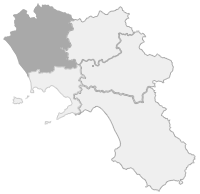
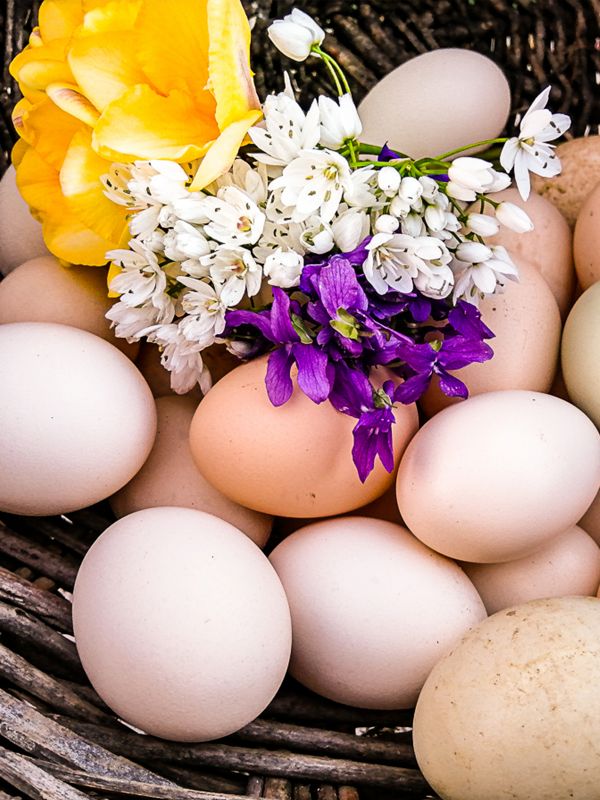
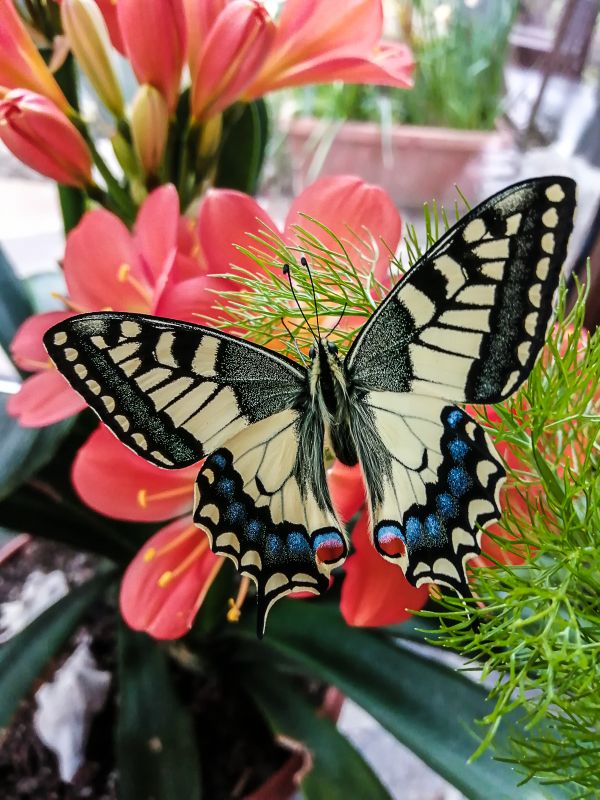
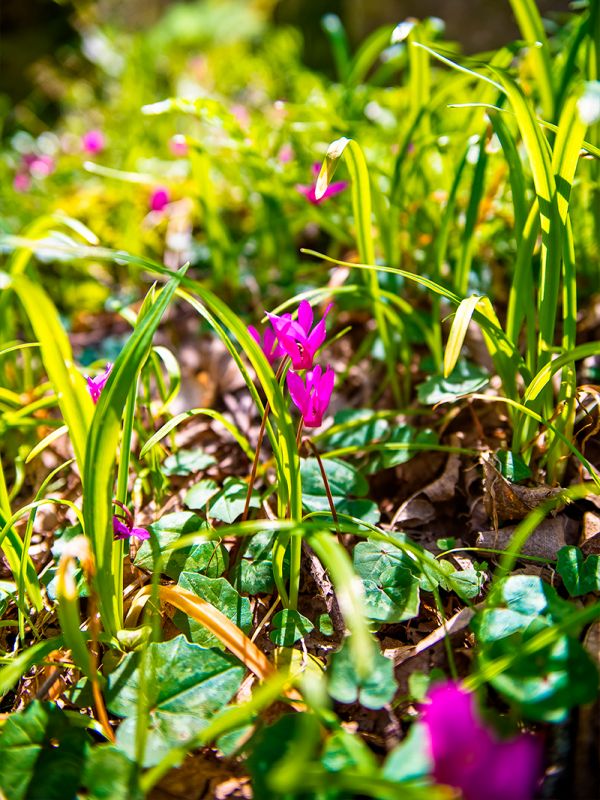
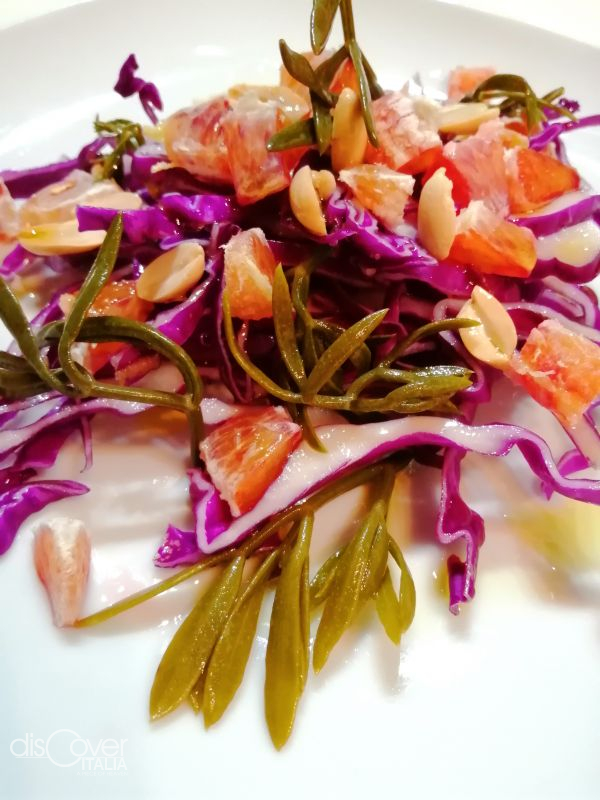
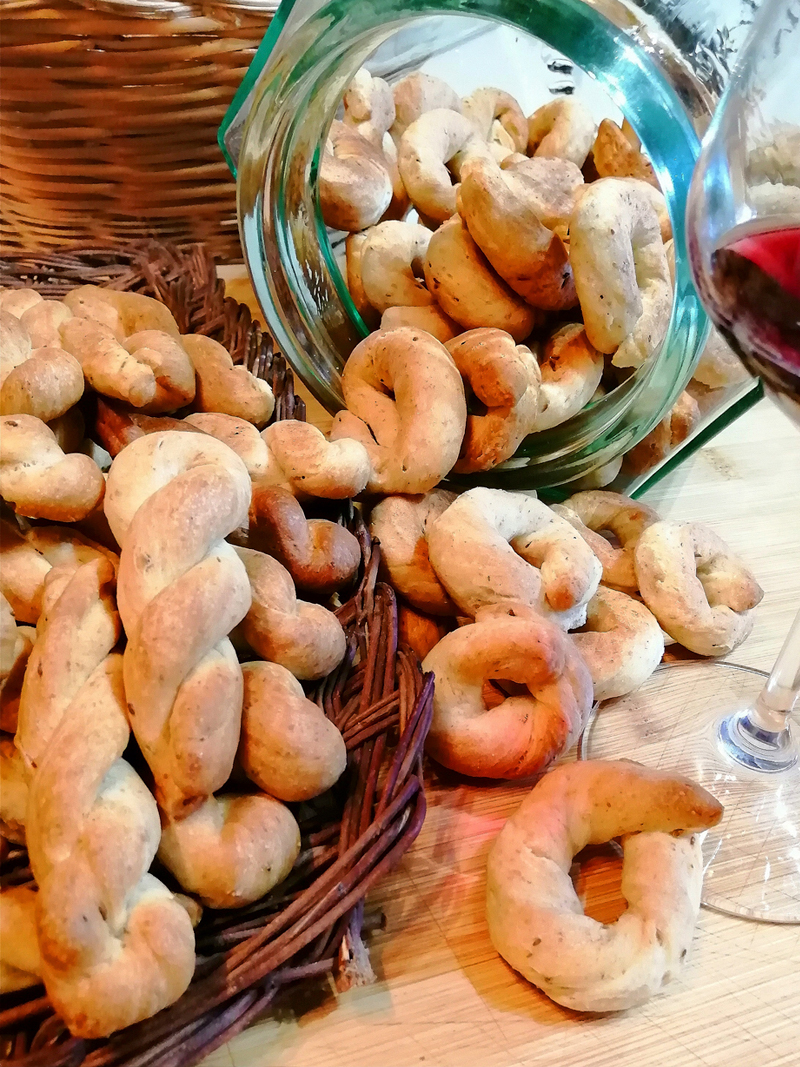
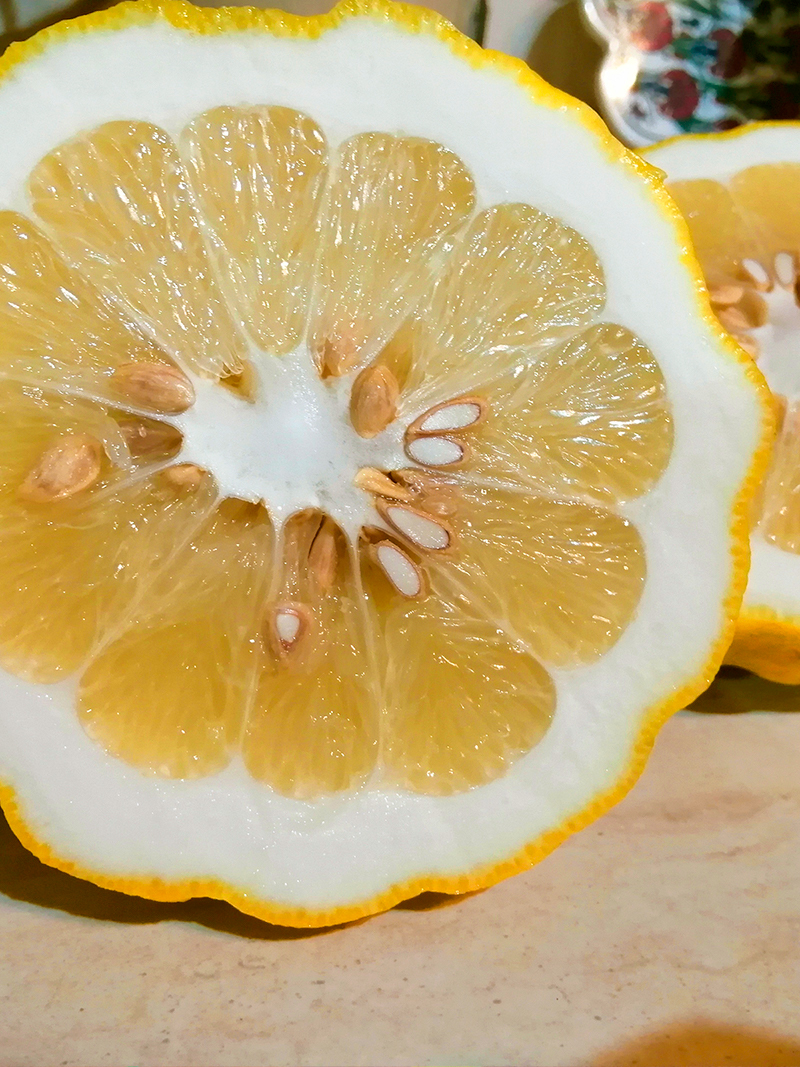
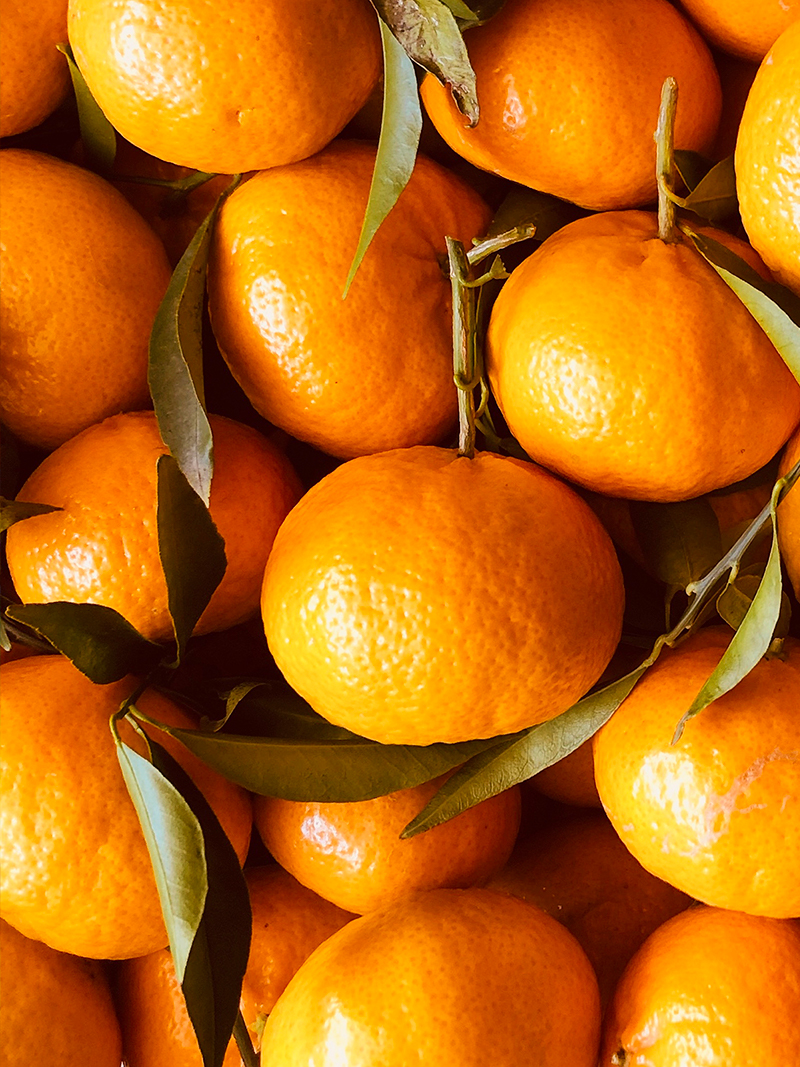
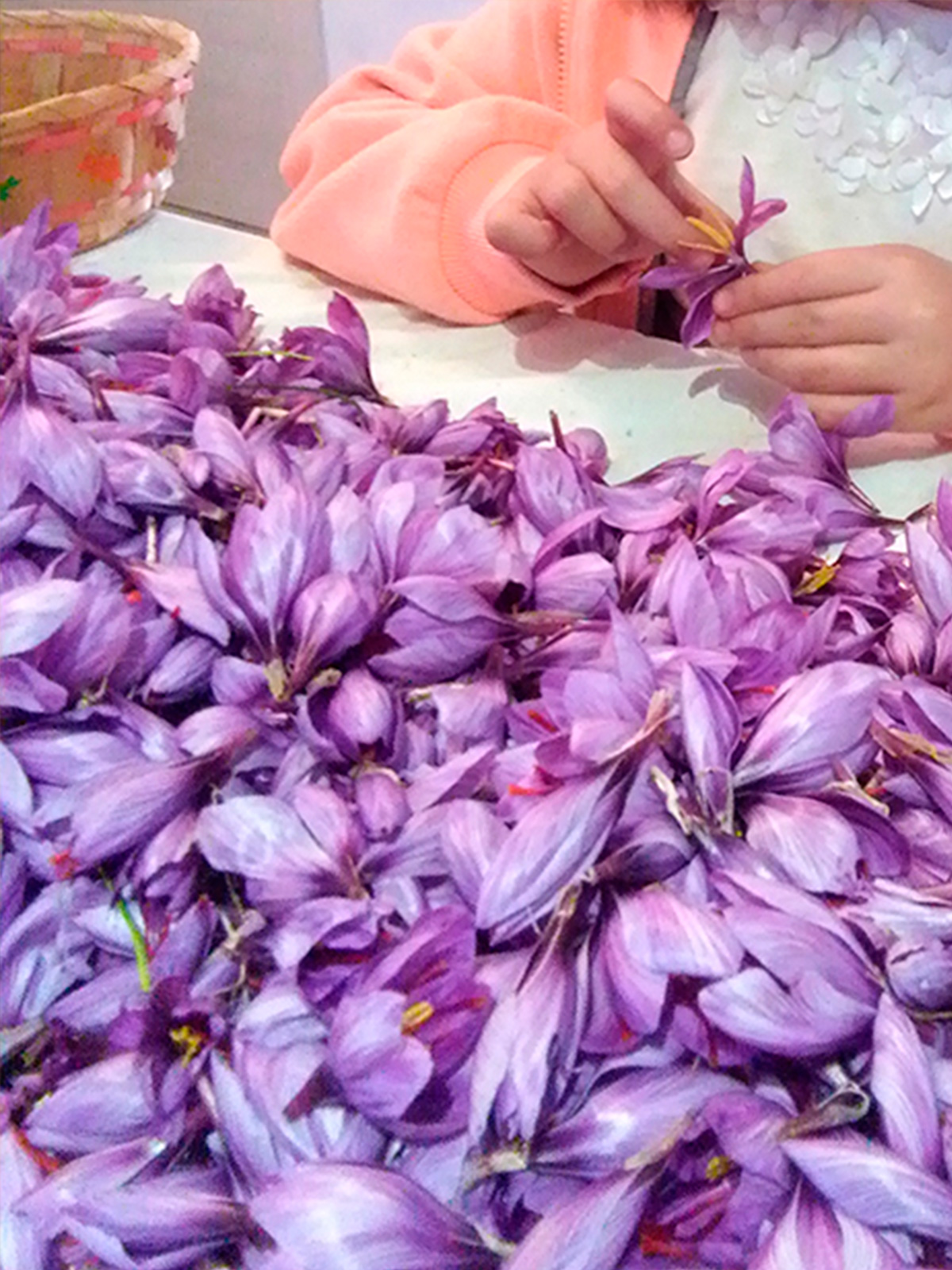
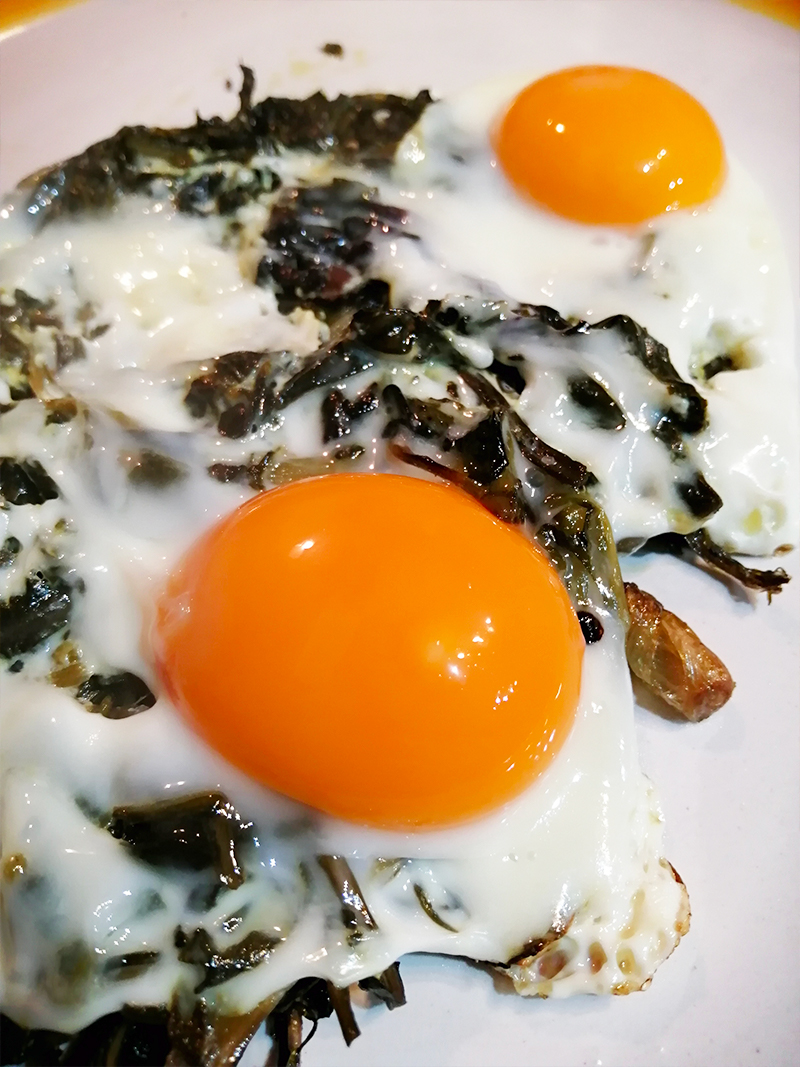
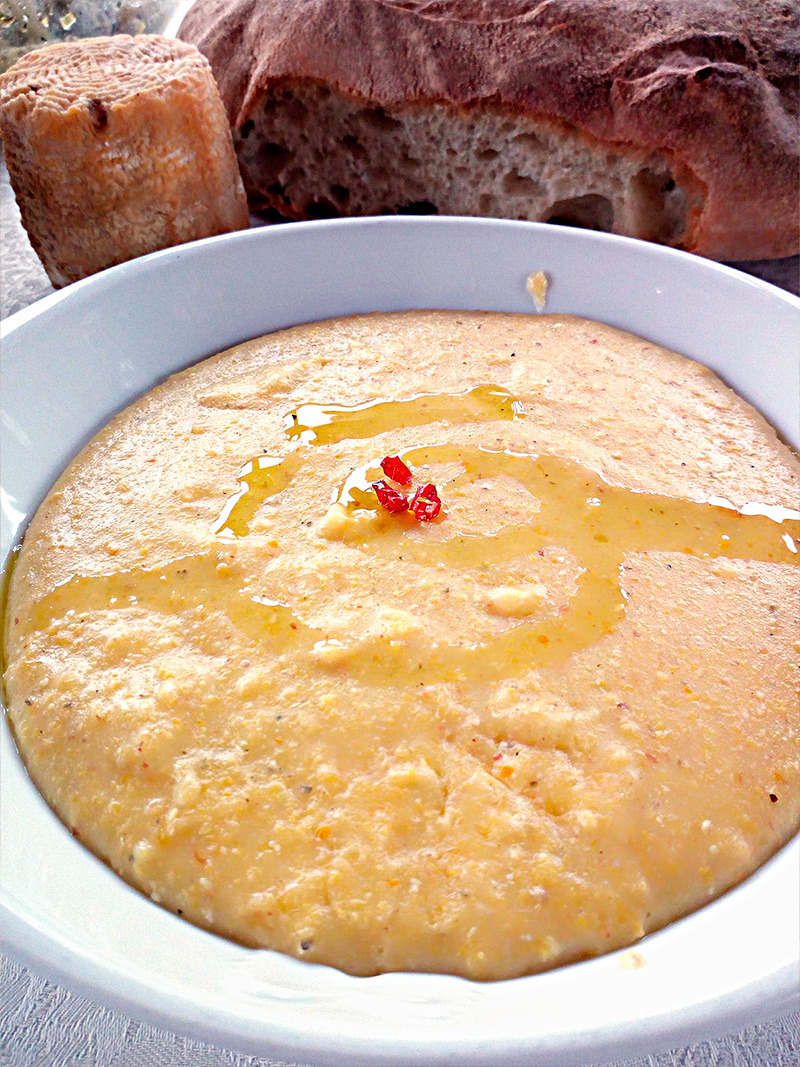
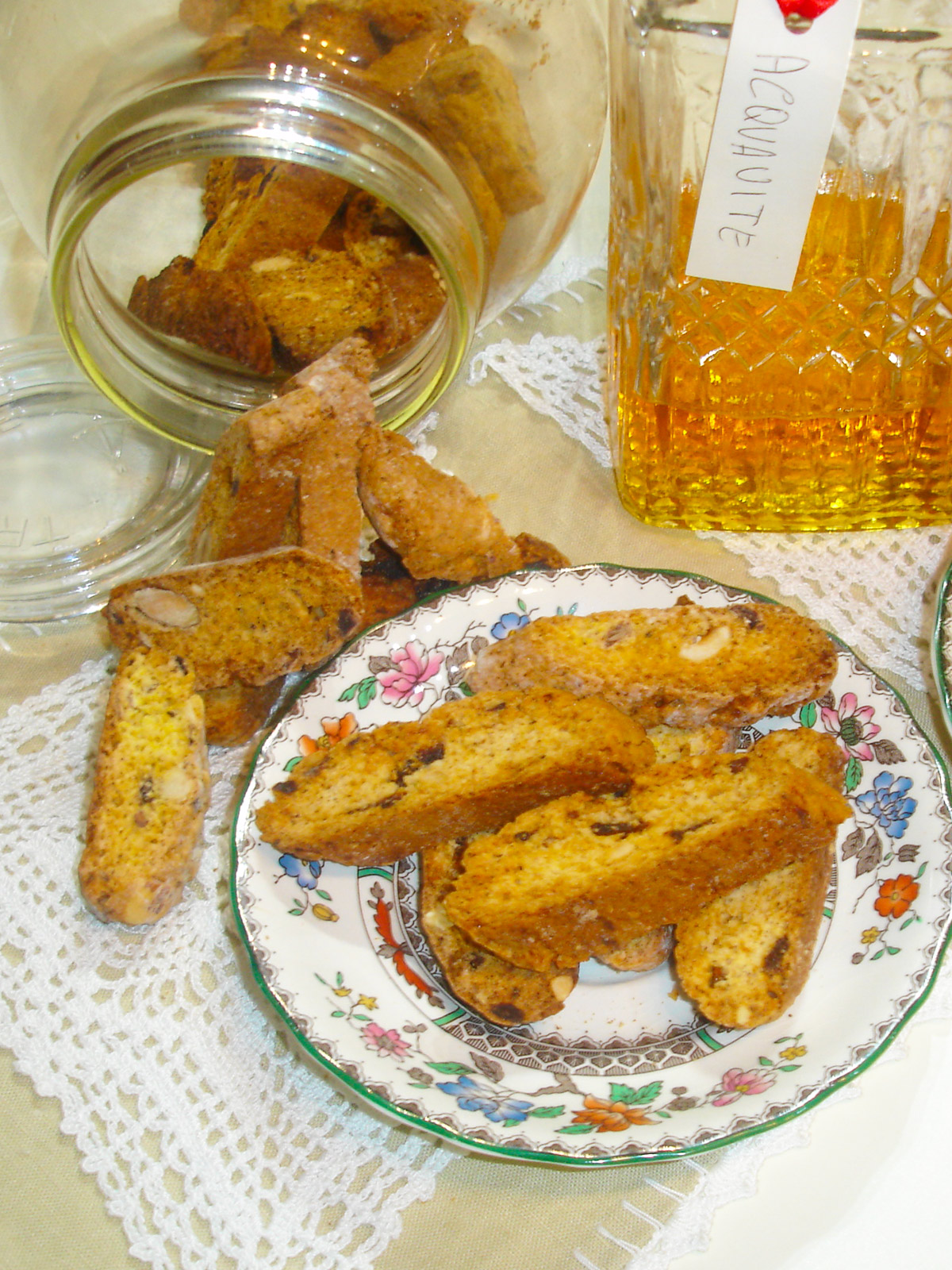
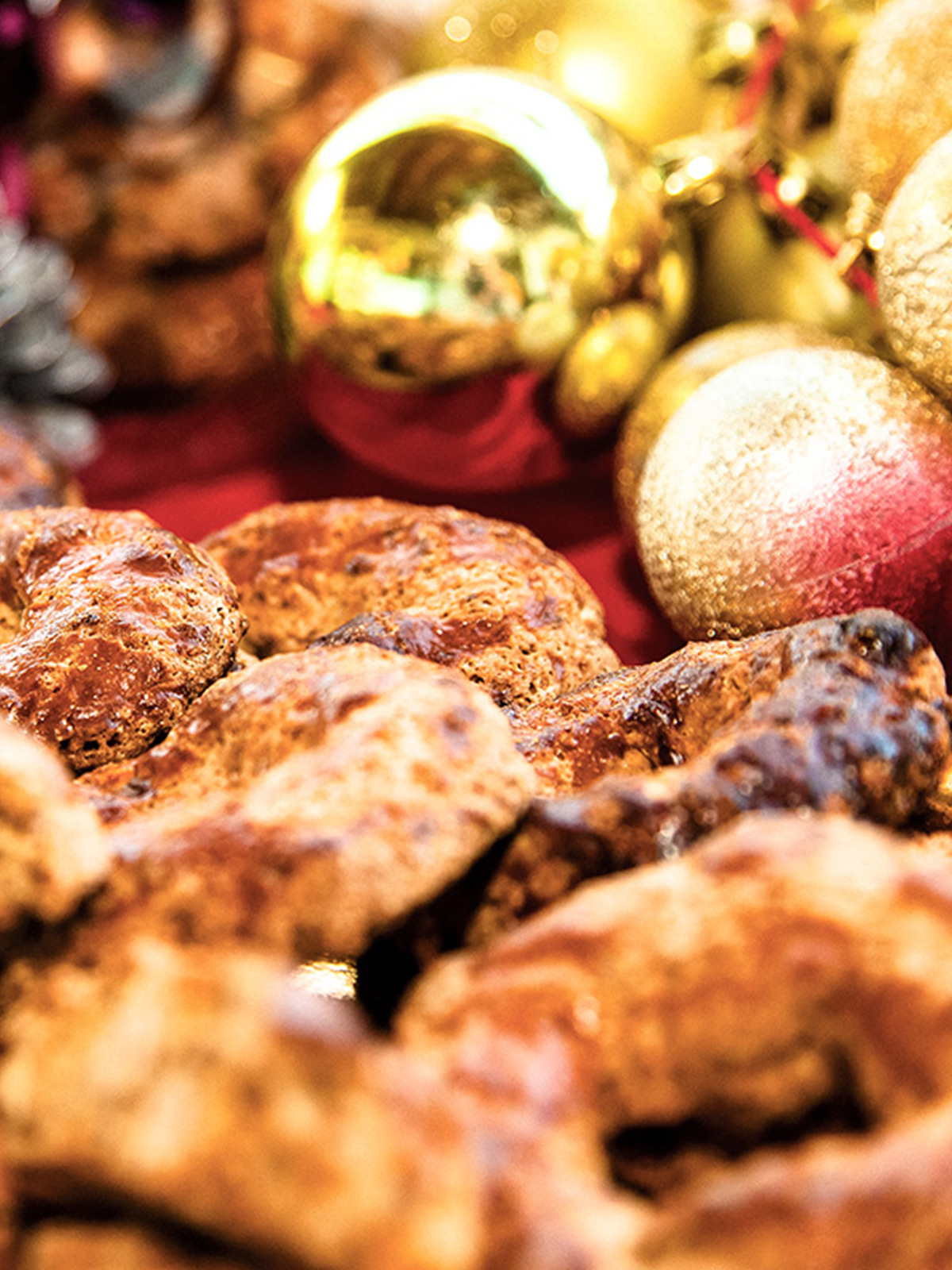
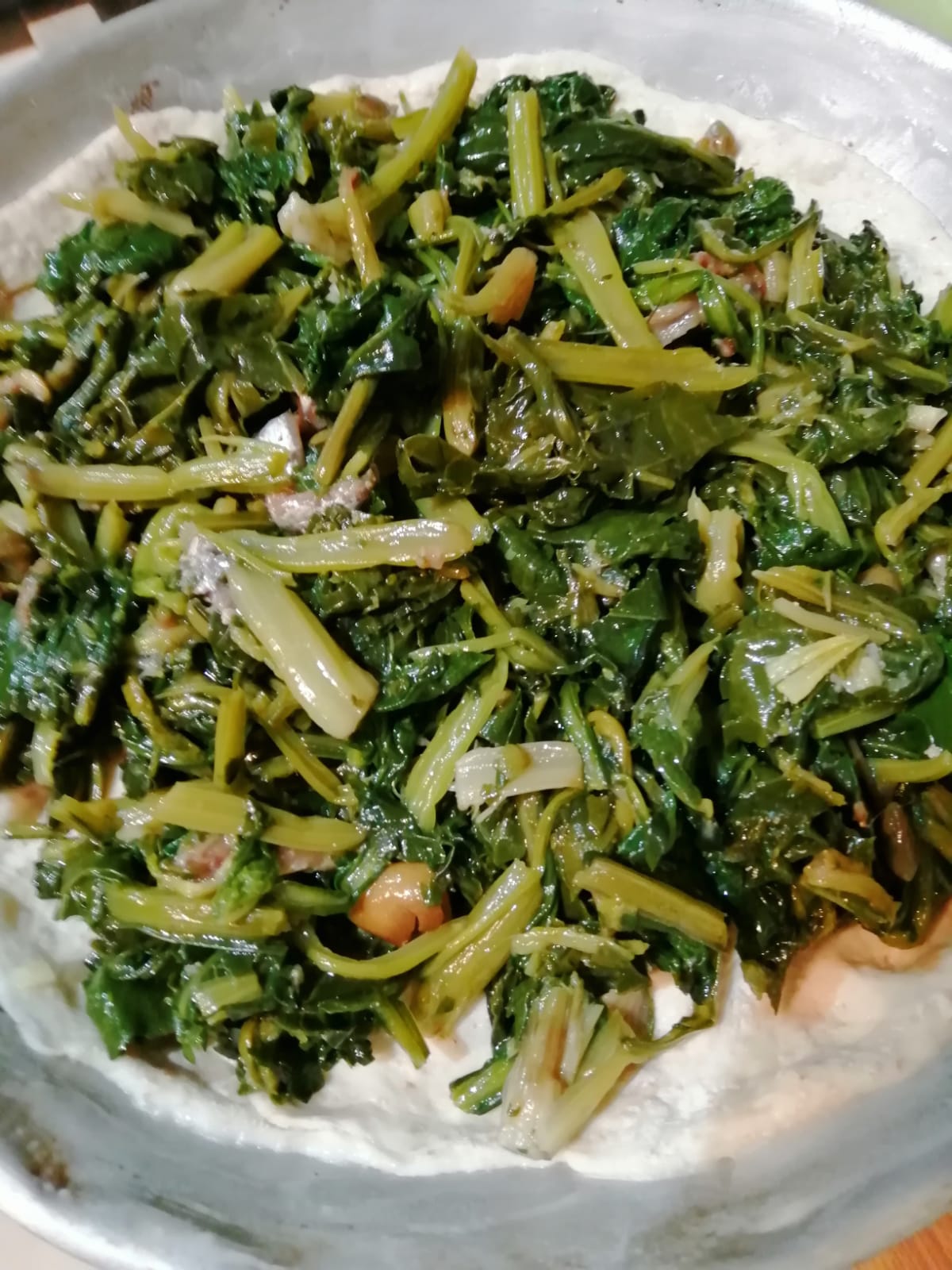
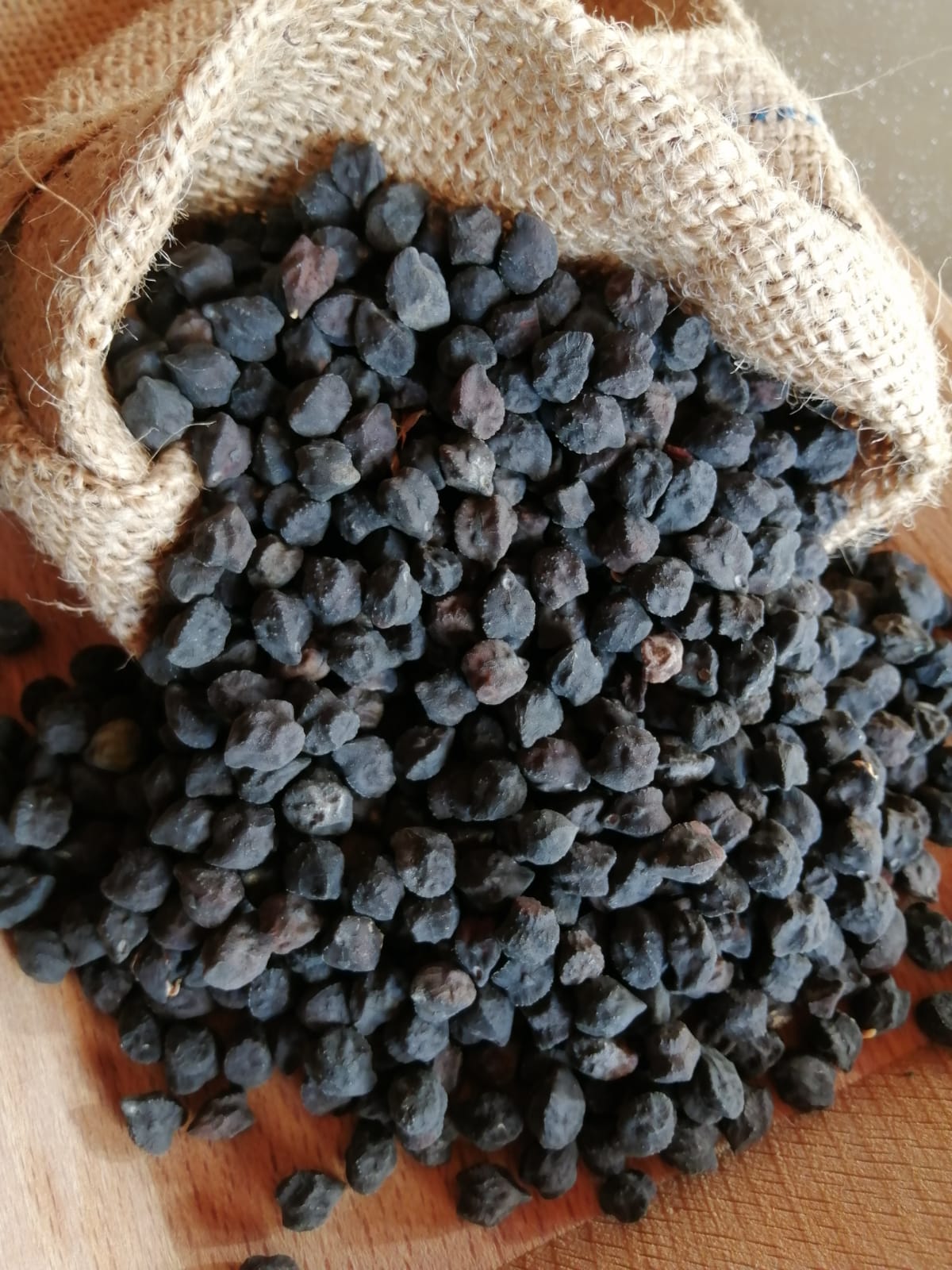
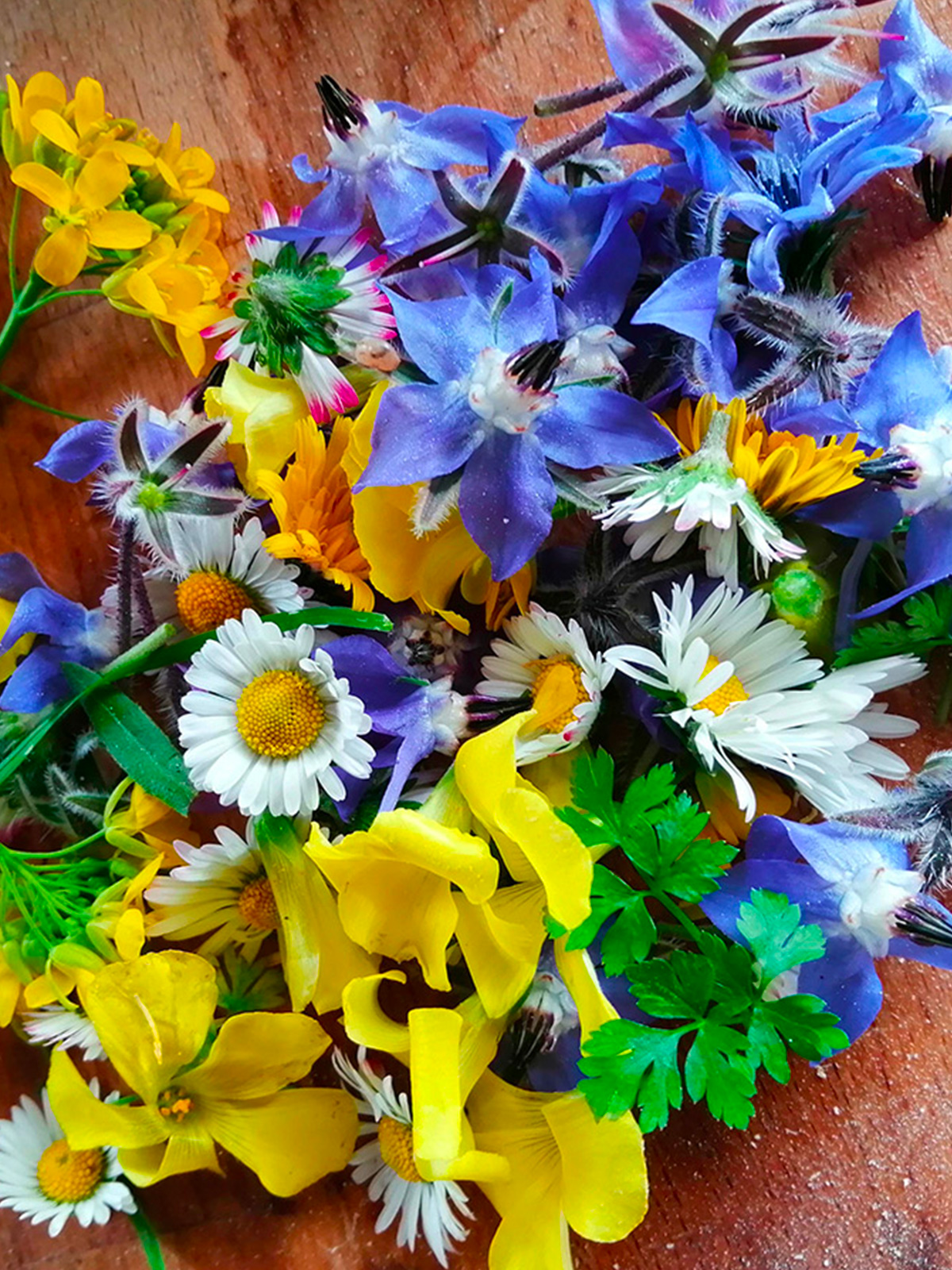




Comments powered by CComment